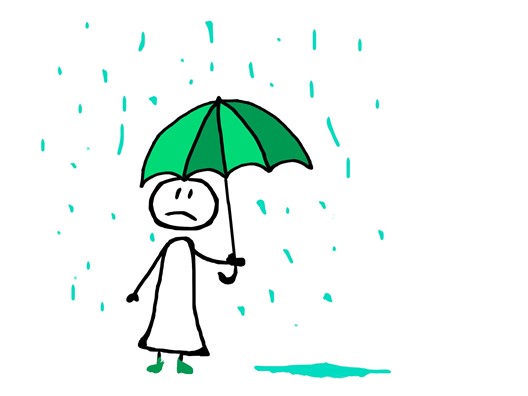How much should I have in my emergency fund?
It’s the most common story financial professionals hear. Unfortunately, too many people fail to set aside emergency savings to see them through life’s hiccups. So when the inevitable happens, and an unexpected bill arrives, they are put under pressure to find the funds to pay it.
In turn, this leads to maxed out credit cards or taking out expensive short term loans. And so begins the bitter downward cycle of falling behind on essential bills and other regular payments.
The Household Financial Comfort Report, published by ME Bank, found 21 per cent of Australian households had less than $1,000 in cash savings.
Additionally, 24% of households reported that if they lost their income, they’d only be able to maintain their current lifestyle for one month, and 11% for just two weeks, which is the equivalent of living life on the financial edge.
Financial professionals recommend having emergency savings set aside for life’s unexpected bills, but how do you go about doing this, and just how much money should you set aside for rainy day expenses?
The best place to start is to work out just how much money you have now and what income you can expect to earn over the next twelve months. Against this, determine what your expenses are likely to be and hopefully, they are less than what you earn. If not, you need to cut back.
Then decide how much you need in an emergency fund. Just how much you set aside will depend on your circumstances. Most experts suggest you should have the equivalent of between three to six months of living expenses set aside.
The best way to achieve this is to break it down into achievable goals. For example, try to set aside one month’s worth of living expenses or, say, $2,000. That means saving $330 a month or going without two takeaway coffees each day for the next six months.
Once you’ve achieved that, try to save a second amount of $2,000 until you reach your goal.
A clever way to fast track this is to think about holding a garage sale or selling those things you have sitting around that you no longer need or perhaps even take up a part-time job for a few hours each week and put these wages towards the creation of your emergency fund.

The next step is to decide where you should keep these funds. Ideally, you want them to be separate from your day-to-day finances but still within easy reach, should you need them.
If you have a home loan, establish a mortgage-linked offset account. In doing so, these funds will not attract interest, which would be taxed at your marginal tax rate, but instead will work to reduce the cost of your overall mortgage.
Another option is to establish a ‘micro’ savings account. The rules on these vary, but most are based on rounding up every purchase made on a debit card and setting these ‘cents’ aside in a free savings account.
Whichever strategy you adopt, remember having a small amount set aside as rainy-day money, no matter how small that amount might seem, is better than having no funds set aside at all.
This information is provided as an information service only and does not constitute financial product advice and should not be relied upon as financial product advice. None of the information provided takes into account your personal objectives, financial situation or needs. You must determine whether the information is appropriate in terms of your particular circumstances. For financial product advice that takes account of your particular objectives, financial situation or needs, you should consider seeking financial advice from an Australian Financial Services Licensee before making a financial decision.
